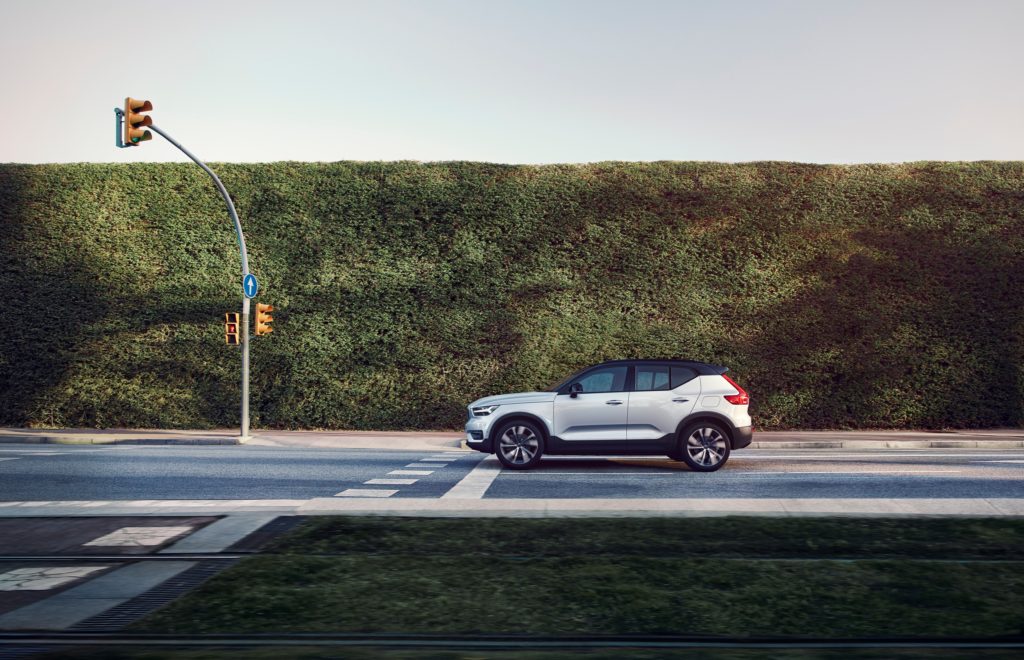The ramifications of SpaceX’s Starship is astounding as we’ve covered previously. From starting a real, proper Mars colony within this decade to flying Earth to Earth trips and beyond it’s a lot to take in.
More than anything I would absolutely love to go into space at some point in my life. Even for just 30 minutes, to see the Earth from space, to feel weightlessness and just take that ride it’d be amazing. Along with all it’s amazing capabilities one of the most interesting things Starship can do is what Elon describes as “Earth to Earth” trips.
Flying from one point on Earth to any other in under 30 minutes it’d revolutionise the aviation industry not to mention turn it on its head. Even at $10,000 a trip SpaceX would still have customers for days lining up to fly New York to Shanghai in 30 minutes.
For us here in Australia it’d also be mighty tempting too. Rather than taking a 24 hour flight to Europe it could be done on your lunch break. More than the convenience though it’d also essentially include a free trip to space.
Rockets are notoriously hard though so if we’re all going to be flying around on them it got me wondering, how many times would SpaceX have to fly their Starship rocket without incident before I’d consider it “safe enough” to fly myself?
Would 100 consecutive, incident free launches and landings do it? 1,000? What about 10,000? These are all essentially arbitrary figures so instead let’s look at this from a different perspective. Most people think driving is safe enough to do on a regular basic so how about we use that as the bar to clear?
More specifically, how many flights would it take for Starship to be safer than a car?
*Calculations Intensify*

Average Joe takes a drive to and from work five times a week, so 10 trips per week. Over a full year of say, 48 weeks (4 weeks Annual Leave) that’s 480 trips. Let’s call it an even 500 for simplicity. Next, according to this source Americans now drive an average of 13,476 miles or 21,561 km’s per year.
Looking at death rates for America we can see that NHTSA’s most recent data shows that in the United States there is an automobile crash every 479,000 miles or 766,400 km’s
So if our average Joe drives 21,561 km’s per year and crashes after 766,400 km’s (sorry Joe!), that means it’d take around 35 years worth of driving to and from work every work day to reach that limit. So now we have all the info and can calculate our final result!
If Joe takes 500 trips per year and it takes 35 years worth of driving to have an accident, that means it takes 17,500 trips total.
What this tells us is that if Starship can launch and land without any crashes more than 17,500 times in a row, it’ll on average be safer than what a typical average Joe American does driving throughout the year.
Now 17,500 Starship trips might sound like a lot and well…. yeah it is! But for context the aviation industry is expected to fly around 40 million flights this year! If Elon hits his goals of producing two full Starships per week eventually that 17,500 figure could topple quite quickly.
Assuming each Starship flies 2 times a day, everyday – quite conservative given they are planned to fly Earth to Earth missions – within the first year alone you’re talking about a combined 38,500+ trips with over 104 individual Starships in service.
For that first year SpaceX could just fly cargo only missions to prove their design and get safety numbers so they can go about getting approval for flying humans.
So the answer to our initial question? After the 17,500th consecutive successful launch and landing of a Starship it’ll be on average safer than driving in America. Here’s to the first year of Starship!
The benefits include: 1) How to get those silky smooth videos that everyone loves to watch, even if you're new 2) How to fly your drone, from taking off to the most advanced flight modes 3) Clear outlines of how to fly with step-by-step instructional demonstrations and more 4) Why flying indoors often results in new pilots crashing their drone 5) What other great 3rd party apps are out there to get the most out of your drone 6) A huge mistake many pilots make when storing their drone in the car and how to avoid it 7) How to do all of these things whilst flying safely and within your countries laws.




